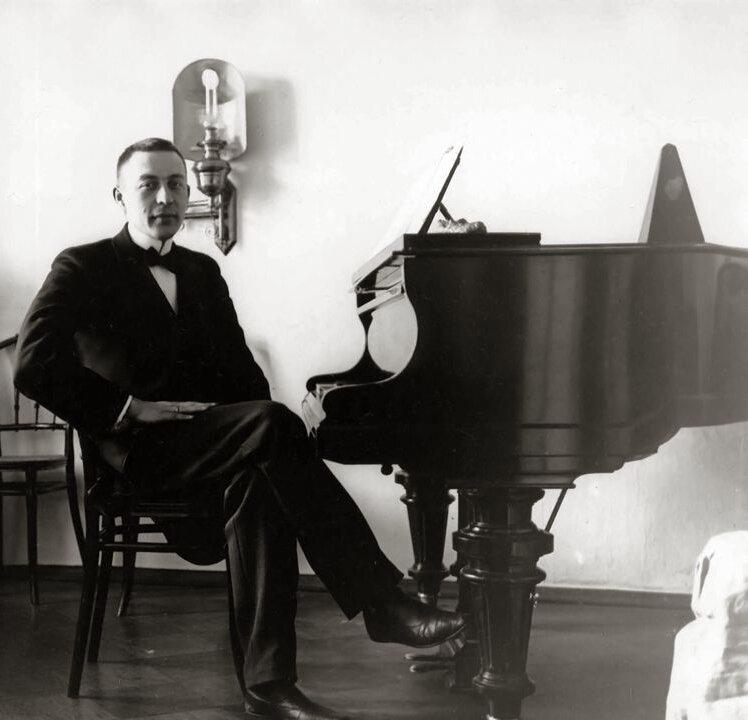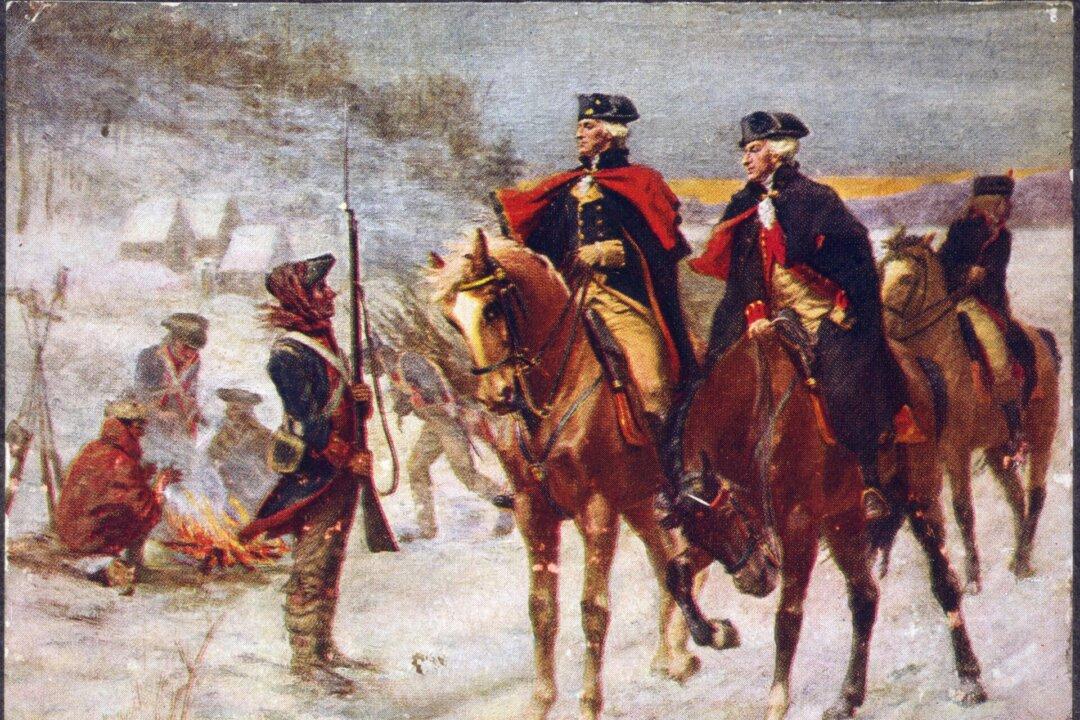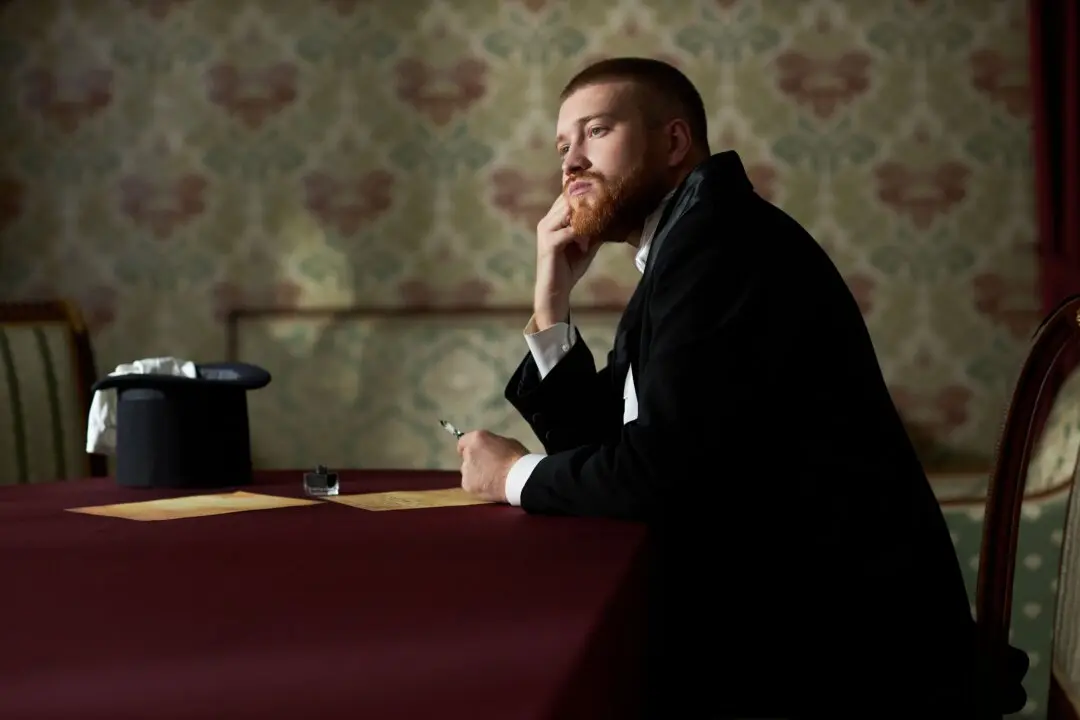Few 20th-century classical composers infiltrated popular culture like Rachmaninoff. His music has appeared in many films, for good reason. Would the love affair in David Lean’s “Brief Encounter” (1945) have been as emotionally powerful without the lush melodies of “Piano Concerto No. 2” swirling in the background?
In the classic comedy “Groundhog Day,” Phil Connors (Bill Murray) endlessly repeats the same 24 hours. As he sees the errors of his ways and decides to change his selfish behaviors, he takes up the piano. In a key scene, he surprises his love interest by playing Variation 18 from “Rhapsody on a Theme of Paganini.” Rachmaninoff helped Phil become a better person.





